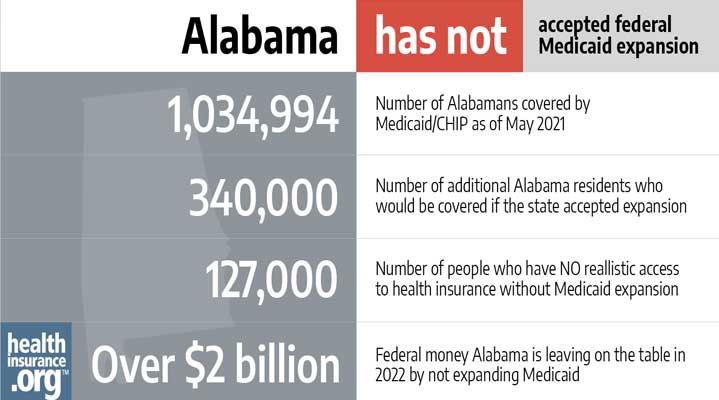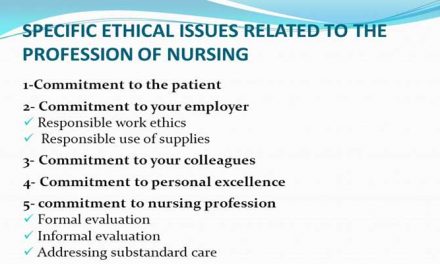While healthcare systems in the U.S. and abroad are emphasizing holistic health, the nursing profession is becoming increasingly tech-savvy, as evidenced by the growing role of electronic health records (EHRs) in nursing care. This trend is likely to continue, as nurses will increasingly rely on a variety of technologically driven approaches, from Smart Beds to Electronic Health Records. In the coming years, we will see nursing delivery models evolve to meet these challenges.
Travel nursing arrangements
Traveling nurses have several advantages. They can work in different regions of the country, sometimes for months at a time. The flexibility of this profession also allows nurses to sample different cultures. Because of this, traveling nurses are also able to work in regions that are close to home. If they choose to stay in one region, they can also settle in that location and take care of the residents there. They will have an opportunity to experience different lifestyles, including food, culture, and customs.
Data-enabled manual processes
Using data to drive healthcare decisions is vital, but how do you ensure it is being done properly? One way to reduce errors is to digitize vital signs. Texas Health Resources sends vital signs directly to the EHR, a move that saves hours of manual documentation. Other hospitals have adapted by sending vital signs to the EHR via mobile devices. By digitizing vital signs, healthcare organizations can reduce the time it takes to collect, record, and review them.
Experience-complexity gap
The problem of nursing shortages is causing a major shortfall in the nursing workforce. Mass retirements are driving a significant exodus of experienced nurses, leaving a large pool of new, less-experienced nurses to fill open positions. Moreover, the patient population is aging, resulting in increasing complexity of care processes. As a result, many hospitals and medical practices will rely on unqualified healthcare workers.
Telehealth
Several factors will contribute to the continued expansion of telehealth nursing. First of all, telehealth nurses need to be trained to comply with the guidelines and laws of their states. Licensed practical nurses and non-RNs must be educated and trained on how to delegate tasks to telehealth nurse providers. Additionally, telehealth nurses need to be trained on the appropriate delegation of Licensed Practical Nurse and Non-RN tasks. In addition, nursing students need to learn about proper telehealth etiquette.
Emergency staffing permissions
The pressure to efficiently utilize nursing staff has never been greater. Inaction can have huge consequences. Those looking for quick fixes will not be satisfied with short-term solutions. Nursing organizations will continue to explore innovative staffing models to meet the needs of patients. Emergency staffing permissions in nursing delivery models will continue to shift and expand in 2022, according to a recent UKG report.
Mental health of nurses
A growing number of front-line health workers are suffering from psychiatric symptoms that have been associated with years of difficult work, including countless deaths and severe staffing shortages. They fear the negative effects of such conditions and the risk of substance abuse and suicide. Some statistics suggest that up to 70 percent of health care workers experience symptoms of anxiety and post-traumatic stress disorder. Sadly, one in five nurses has thoughts of suicide.
Patient-centered care
The concept of patient-centered care has been studied for decades by policymakers and patient advocates. The results show that successful patient-centered care fosters higher morale, lower employee burnout, and more satisfying work environments for both patients and caregivers. Additionally, the shift to a patient-centered care model helps improve resource allocation. But transforming the entire healthcare system to one focused on the patient is not an easy task. The research indicates that it is worth the effort as the results will outweigh the challenges.





